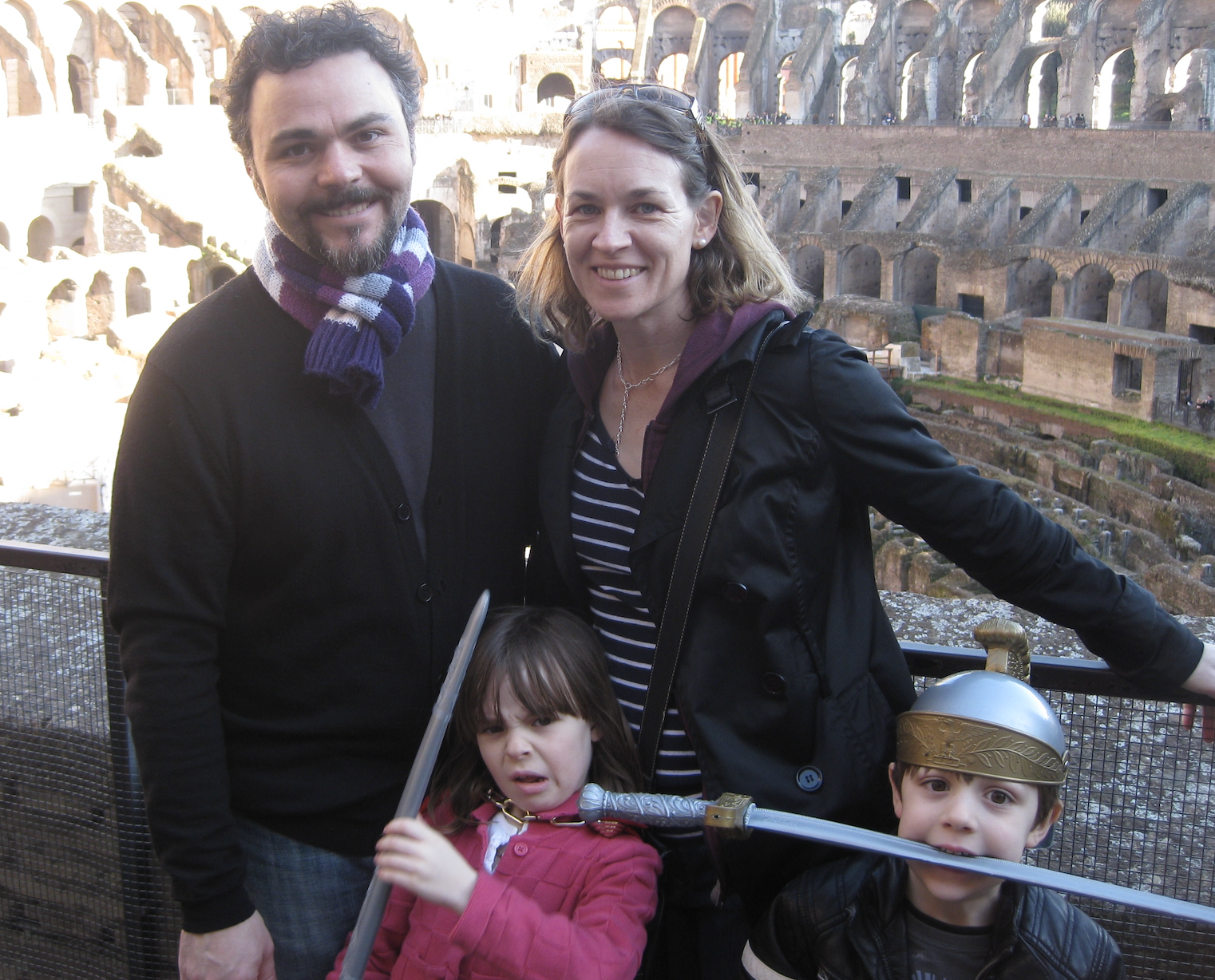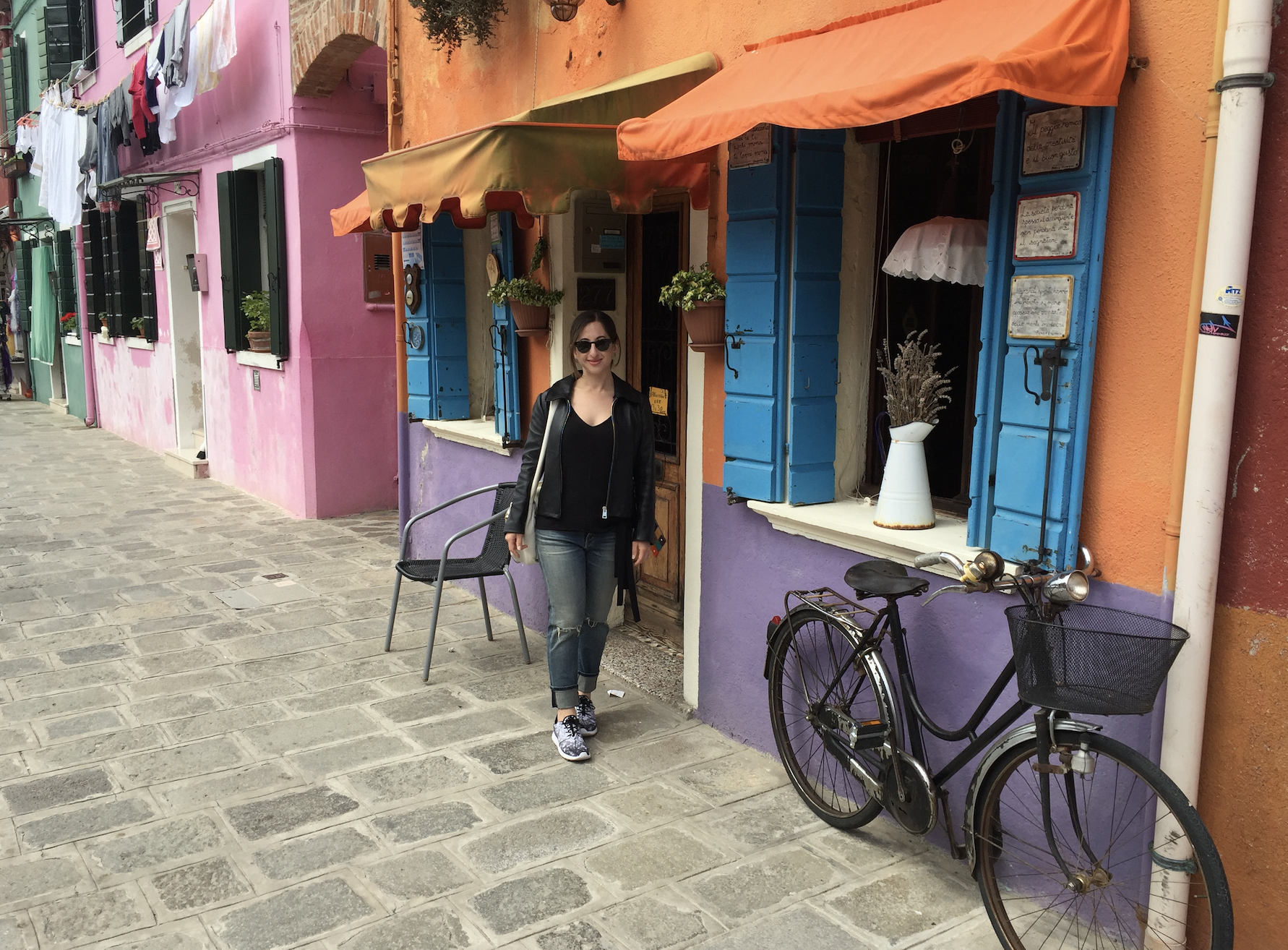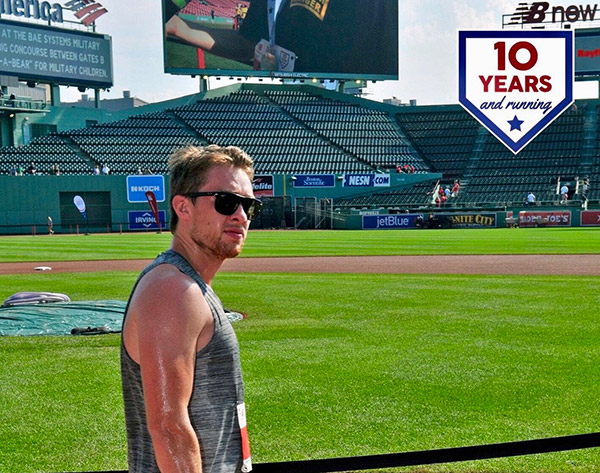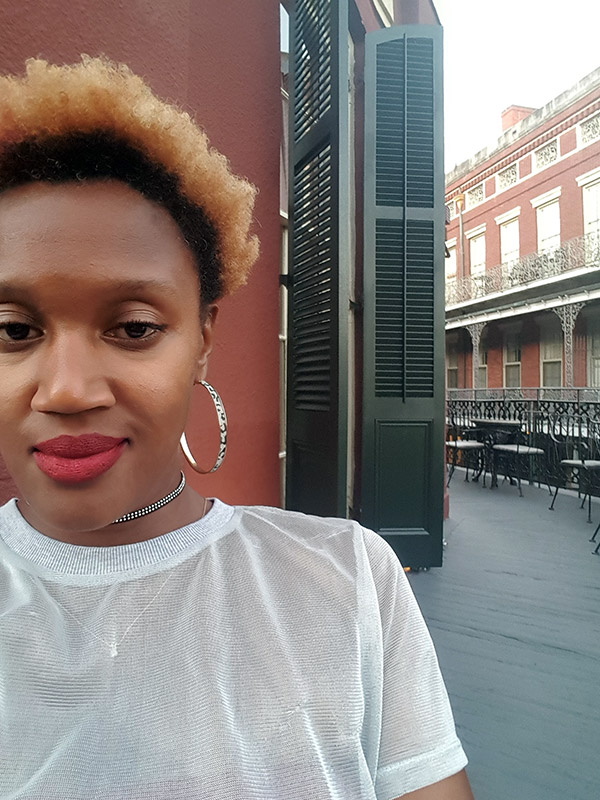Graphic Design Clickbait | “New” Helvetica Typeface Refresh
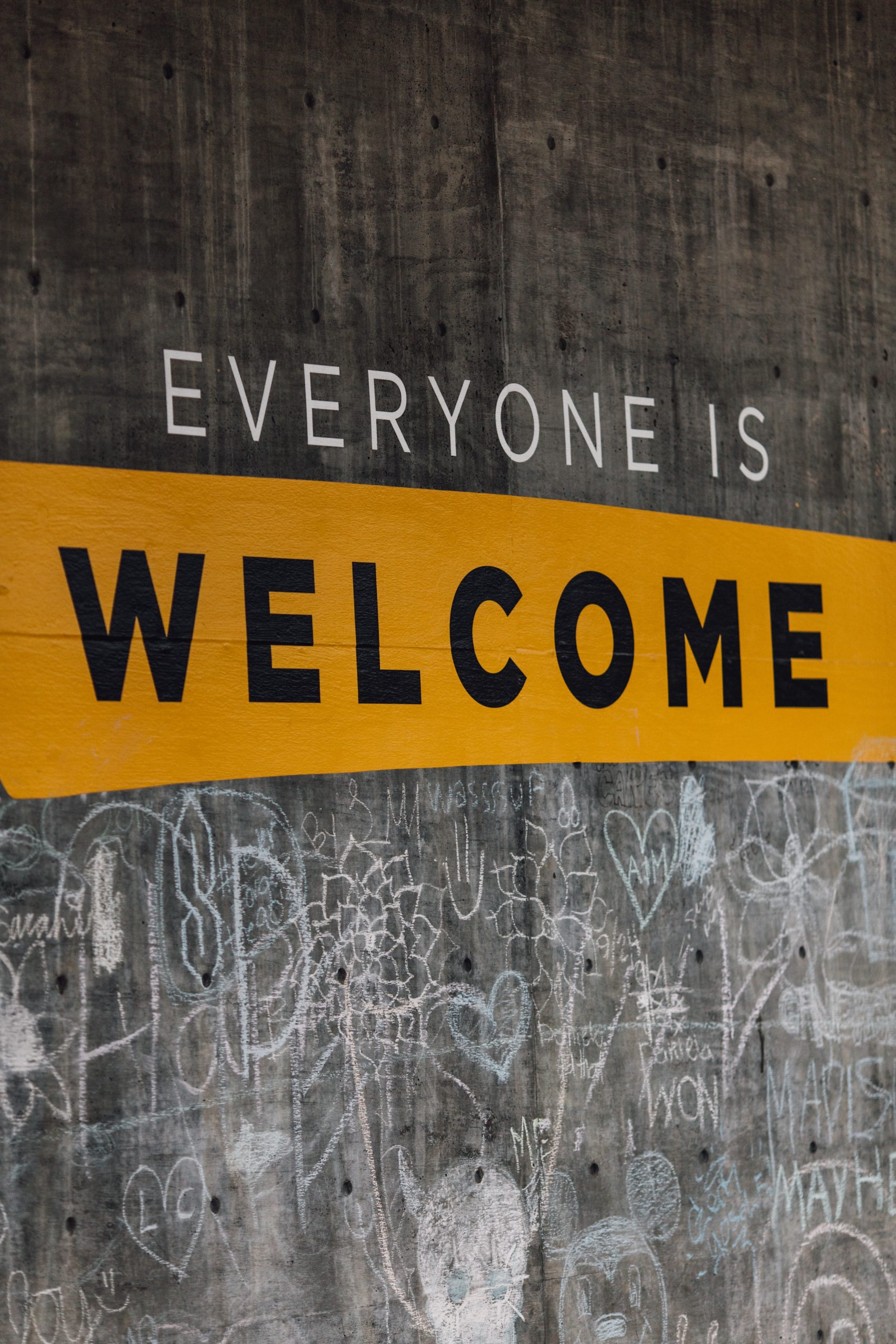
There’s a new Helvetica!
Helvetica’s been redesigned!
Your favorite typeface just became obsolete!
As I’ve touched on in at least one previous post, any time a graphic design story makes the major news outlets, I cheer a little. When Helvetica, one of the world’s most ubiquitous and recognizable typefaces, gets an update– well, it should be big news.
[inlinetweet prefix=”@sparkingbrands” tweeter=”” suffix=””]So, while the clickbait headlines screamed about how the Helvetica sky was falling, the truth is a little more complicated.[/inlinetweet]
There is a “new” Helvetica, a redesigned one, but Helvetica as we know it certainly didn’t become obsolete. Rather, Monotype, one of the big players in the type design world, released a new version of the typeface that (most of us) know and love, updating it to become more friendly for digital. The updates were long overdue.
Helvetica, with which most of us interact multiple times a day, has been around since 1957. Created as a neutral, readable and no-nonsense typeface, Helvetica was sort of the typographical embodiment of its nation of origin, Switzerland, when it was released. In the six decades since, it has become the de facto default typeface for much of the world, used in everything from corporate wordmarks to transportation systems.
However, times change and the ways in which type is displayed change, too. While Helvetica has always looked great in larger sizes, it has never really shone in smaller applications. On a subway map or on the side of an airliner, Helvetica is great. For typesetting and modern mobile technology, which requires much smaller font sizing, it doesn’t work so well.
The funny thing is, Helvetica was redesigned for the “digital age” once before: in 1983, with the introduction of Helvetica Neue. Of course, in the early Eighties, designers were concerned primarily with maximizing the performance of low-resolution monitors and printers, not with the readability of small text on mobile apps and wearable electronic appliances. While books and magazines are usually set in nine- or ten-point type, devices like Apple Watches and Fitbits often utilize micro-type, meaning that words on display are set in the four- to- seven- point range. Clearly, if, Helvetica was to keep its position at the top of the type heap, then some modernization was in order.
Which brings us to Helvetica Now, the “new” Helvetica mentioned in all of the recent headlines.
What about Helvetica Now differs from Helvetica? Not much, at first glance. Helvetica Now is still recognizable as Helvetica, as it should be. But look closely, and you’ll see that the letterforms are different. Very different, and size-specific, particularly in the “micro” version, intended for use at small point sizes.
There’s a rounded, fuller appearance of letterforms, across the board. The apertures, the enclosed parts of the letterforms, have been enlarged, so that they don’t close up when shrunk down; a taller, uniform, x-height helps allow for this. Kerning, the space between letters, has been increased, keeping individual characters visually separated. The superscript dots above the lowercase i’s and j’s are larger in size. And, special characters, like ampersands and currency marks, have been simplified.
That’s Helvetica Now in a nutshell. It is not a replacement for Helvetica. It is not a better version of Helvetica, either. It is simply a different one. But, one better suited for the digital realm.
So, keep using the Helvetica (or Helveticas) you already have. They’ll serve you well for years to come. Helvetica is a classic typeface if there ever was one; its value quantified by its continued evolution.
Let’s check in again, in another two or three decades, when the next “new” Helvetica is announced.






























